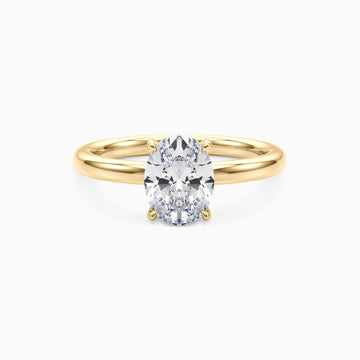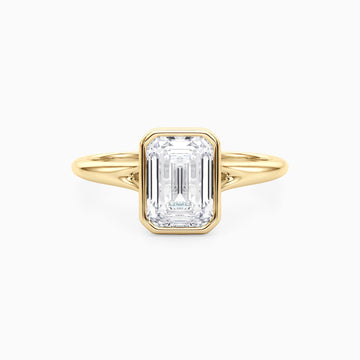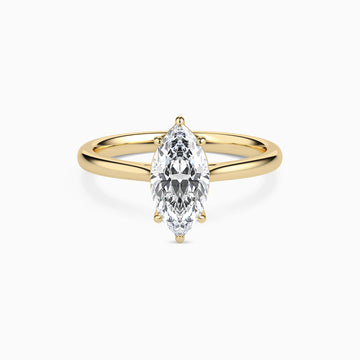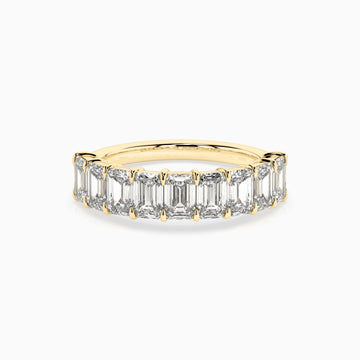DIAMOND EDUCATION
The beauty and value of a diamond are determined by the four Cs: Color, Cut, Clarity, and Carat weight.
COLOUR
The colour of a diamond refers to the presence or absence hues within the stone.
Diamonds occur in a spectrum of colours, from colourless to shades of yellow or brown, and also in hues like pink, blue, and green. The Gemological Institute of America (GIA) has developed a colour grading scale for diamonds, starting at ‘D’ for completely colourless stones and ending at ‘Z’ for light yellow or brown ones.
Diamonds with colour intensity beyond the ‘Z’ grade are classified as ‘fancy’ coloured diamonds. Their value is influenced by the strength and purity of their colour, with more vivid and rare colours generally commanding higher prices.
CUT
The cut of a diamond describes how it has been shaped and finished, determining how effectively its facets reflect light. A well-cut diamond produces vivid sparkle and fire, whereas a poorly cut stone may appear dull.
The Gemological Institute of America (GIA) grades diamond cuts on a scale from Excellent to Poor, based on symmetry, polish, and proportions. The cut grade reflects the diamond’s overall craftsmanship and light performance, with higher grades enhancing both its beauty and value.
CLARITY
Diamond clarity assesses the presence of internal inclusions and external blemishes. The Gemological Institute of America (GIA) has established a clarity grading scale ranging from Flawless (no inclusions or blemishes visible under 10× magnification) to Included (inclusions and/or blemishes visible to the naked eye).
CARAT
Carat weight measures a diamond’s mass, with one carat equating to 0.2 grams. While often associated with size, carat weight doesn’t solely determine a diamond’s appearance. The cut quality significantly influences how large a diamond appears and its brilliance. A shallow-cut diamond might seem larger but can lack sparkle due to suboptimal light reflection. Conversely, a well-cut diamond maximizes light performance, enhancing its visual appeal. For those prioritizing apparent size, elongated shapes like marquise, oval, pear, or emerald cuts tend to look larger per carat compared to other shapes.
AT YOUR SERVICE
With access to an inventory of thousands of cultured and natural diamonds, we can source the perfect stone for you.
Take the first step toward creating your dream piece.





















